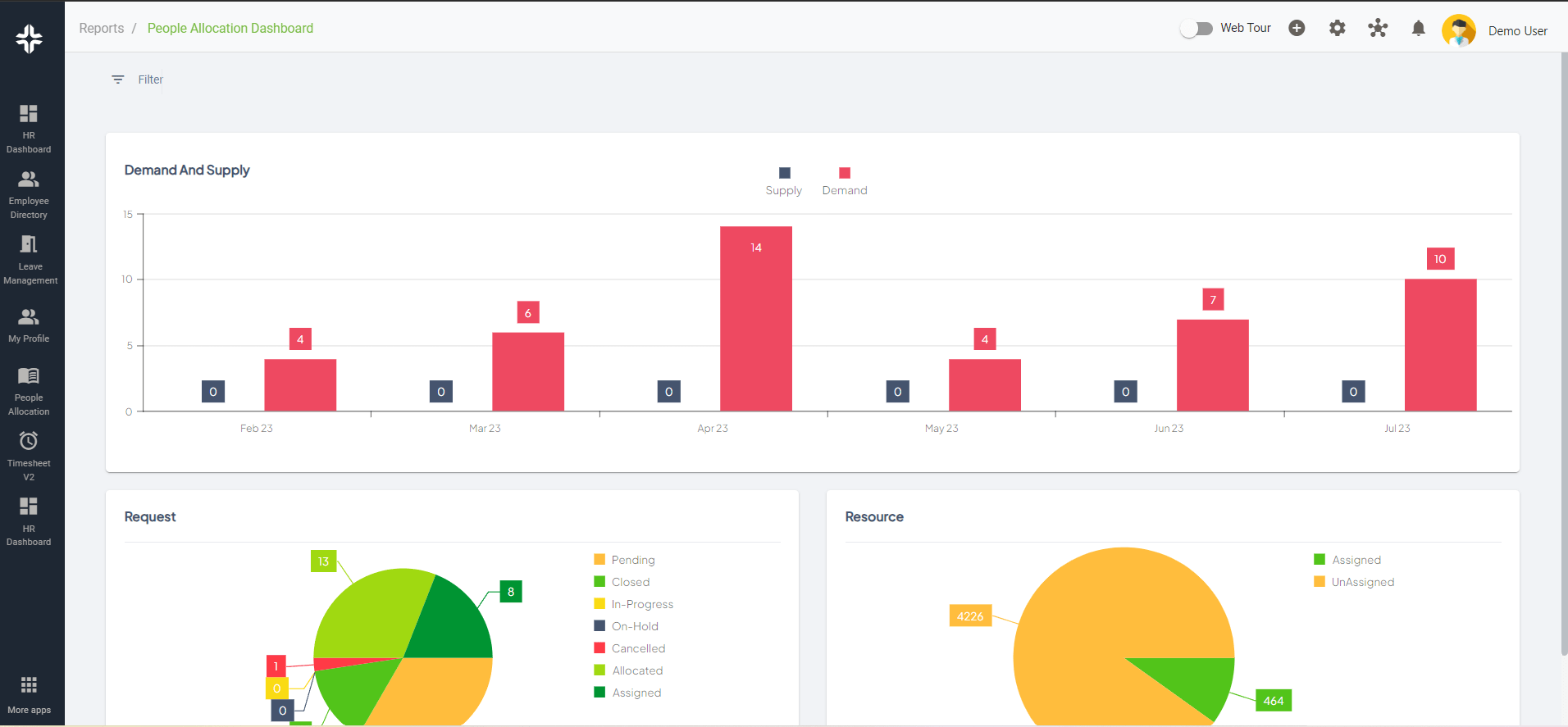Home » PSApedia
Resource capacity utilization
Enhance Productivity with Resource Capacity Utilization. Optimize Resources and Maximize Output.

What is Resource Capacity Utilization?
Resource Capacity Utilization (RCU) is a metric that measures how efficiently an organization’s resources, such as manpower, machinery, or software, are being used.
In the context of Professional Service Automation (PSA), it refers to the extent to which professionals and tools within a service organization are engaged in productive tasks. A high RCU indicates optimal use of resources, while a low RCU suggests underutilization or inefficiencies.
Importance of Resource Capacity Utilization
Efficient resource utilization is paramount for service organizations. Here’s why:
1. Maximizing Profitability: Underutilized resources represent lost revenue opportunities. By ensuring high RCU, organizations can maximize their profitability.
2. Operational Efficiency: Proper resource allocation ensures that projects are completed on time and within budget. This boosts client satisfaction and enhances the company’s reputation.
3. Forecasting and Planning: Understanding current resource utilization helps in forecasting future resource needs and aids in strategic planning.
4. Employee Satisfaction: Properly utilized resources often mean that employees are engaged in meaningful work, leading to higher job satisfaction.

Why Resource capacity utilization is so important?
Calculating Resource Capacity Utilization
Formula:
Resource Capacity Utilization (RCU) = (Actual Hours Worked/Available Hours) × 100
Example:
Let’s say a team member has 40 available hours in a week but only works on billable projects for 30 hours. Using the formula:
RCU= (30/40) ×100=75%
This means the team member’s resource capacity was utilized at 75% for that week.
Difference Between Resource Capacity Utilization and Other Metrics
Resource Capacity Utilization is often confused with other metrics like billable utilization. While RCU measures the overall engagement of resources, billable utilization specifically measures the percentage of time spent on billable tasks. It’s crucial to distinguish between these metrics to get a holistic view of an organization’s efficiency.
For instance, a high RCU combined with a low billable utilization might indicate that while resources are engaged, they might be spending too much time on non-billable tasks. This insight can be invaluable for service organizations aiming to boost their profitability.
| Metric | Definition | Key Differences |
|---|---|---|
| Resource Capacity Utilization | Measures the percentage of available resources actively engaged in billable or productive work. | Focuses on resource utilization for billable work, ensuring efficient use of available capacity. |
| Billable Utilization | Measures the percentage of time a resource spends on billable client work compared to their total work hours. | Specific to billable work, excludes non-billable activities. |
| Non-Billable Utilization | Measures the percentage of time a resource spends on non-billable, internal, or administrative tasks. | Exclusively focuses on non-billable activities. |
| Overall Utilization | Measures the overall productive time a resource spends, including both billable and non-billable work. | Offers a comprehensive view of resource productivity, regardless of billing status. |
How Resource Capacity Utilization is Used in PSA?
In PSA, Resource Capacity Utilization is a cornerstone metric. Here’s how it’s employed:
1. Resource Allocation: PSA tools, like KEBS resource management software, use RCU to allocate resources efficiently across projects.
2. Performance Analysis: Managers can evaluate team members based on their RCU, identifying top performers and those needing additional support or training.
3. Strategic Decision Making: High-level decisions about hiring, training, and project acquisition are often based on RCU data.
4. Client Billing: Accurate tracking of resource utilization ensures that clients are billed correctly, fostering trust and transparency. Tools like KEBS timesheet software can be invaluable in this regard.
Ready to Optimize Your Resource Capacity Utilization?
KEBS, a leading PSA software, offers a suite of tools designed to optimize Resource Capacity Utilization. With KEBS resource management tools, managers can get a bird’s eye view of resource allocation, ensuring optimal utilization.
Track billable hours accurately with KEBS timesheet solutions, ensuring clients are billed correctly and resources are utilized efficiently. KEBS project management tools, including the Gantt chart, ensure projects stay on track, further boosting RCU. With KEBS finance management software, organizations can get a clear picture of their profitability, directly linked to their resource utilization.

KEBS People Allocation
For those keen on diving deeper into PSA and its intricacies, KEBS offers a comprehensive ebook on PSA. And if you’re ready to take your organization’s Resource Capacity Utilization to the next level, contact KEBS or request a demo today!



